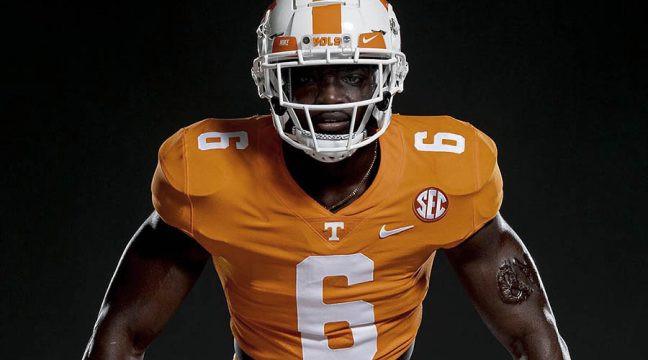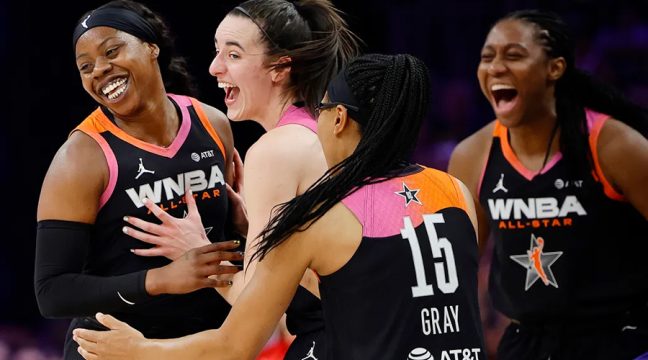Media Attention On Head Injuries’ Lasting Effects Continues To Raise Safety Awareness In Wintersport Helmets.
By David Clucas
Currently in wintersport helmets, everyone is talking NFL football … even our European friends. No, don’t expect to see Smith, K2 and POC Sports outfitting the Pittsburgh Steelers or Arizona Cardinals next year. Rather it’s the increased media attention on concussions that have brought the topic of head safety – no matter the sport – to top-of-mind for consumers. With increased scrutiny, studies are beginning to link these head injuries to longer-lasting mental and physical problems for aging athletes.
“Scientists, consumers and even governments are starting to pay a lot of attention, not only to single, high impacts, but also to repeated, low impacts [to the head] and their affect over time,” said Drew Chilson, head of product creation at Smith Optics. “Protecting from those injuries is coming much more to the spotlight.”
Wintersport helmet brands are responding. And while they can’t legally market a helmet as “safer” than another, the goal is to make safer helmets, while maintaining a balance with performance.
“We could design the ‘safest’ helmet in the world, but you would look like Spaceballs,” said Willie Ford, managing director of Poc Sports North America, referring to the 1980s Star Wars spoof where the villains wear oversized helmets. “We spend most of our time talking about how we can combine performance and protection.”
The conversation between brands, retailers and consumers is going to become a lot more sophisticated, Ford said, especially over the repeated “little bumps” that people don’t normally think about.

Chilson agreed, adding that helmets will get more sport-specific on the basis of what injuries are more prone in the activity including risks at high-speed, low-speed, multi-impacts and rotational impacts. “You actually wouldn’t want a helmet that addresses all four of these pillars equally because you would compromise the product,” he said.
Outside of protection, brands continue to work on making helmets lighter, more breathable and improving fit with accompanying goggles. Comfort and style are still priorities, even if they will likely take a backseat to safety next year.
Studies are beginning to show that repeated, smaller impacts to the head can be as long-term damaging as a single hard hit. That’s where Poc’s Expanded Polypropylene (EPP) protective layer can play a better role than standard EPS foam, Ford said. The technology debuted in 2007, but is being broadened into more new product this year. It has elastic properties that allows it to come back after dings and dents, versus EPS that can lose its protective loft with every little hit that gets past hard shell, Ford said.
Recognizing the growing touring and uphill market, Salomon has focused on lighter weight helmets with superior breathability for the sweat-inducing workouts. With the new MTN Charge, $180, the brand targets free-ride skiers and snowboarders by beefing things up from last year’s MTN Lab Helmet. Maintaining the light 300-gram weight, the Charge is still comfortable and breathable enough to wear while touring, but now also burly enough to wear when shredding downhill.

Salomon MTN Charge
A new hybrid shell construction and improved goggle integration highlight K2 Skis’ new men’s Diversion and women’s Virtue helmets for 2016/17. The hybrid and in-mold materials inside and outside of the shell “give skiers added protection where they need it, while cutting weight in places they don’t,” officials said. Strategically placed ventilation on the front corners of the helmet help eliminate foggy goggleS and side strap catches keep the goggles in place whether down or up. Plus, a new chinstrap comeS with a lock buckle to keep it from sliding off the user’s chin.

K2 Virtue
Uvex shows off its Octo+ fitting technology in its Jakk+ Helmet, $220, which attaches itself firmly to the head of users and adapts the size automatically, like the arms of an octopus, for a comfortable and safe fit. Uvex also debuts its new P.8000 Tour Ski Mountaineering Helmet weighing in at 400 grams, including the Recco avalanche rescue system, a Boa fit system, a headlamp attachment.

Uvex Jaxx Helmet
Today’s helmets have to adapt to a multitude of hits. Enter Sweet Protection’s Trooper, which utilizes the brand’s thermoplastic-laminated-carbon-fiber construction to make the shell hard enough to withstand severe stress, yet flexible enough for energy to be absorbed. The EPS padding is also constructed with “shields” of various densities to distribute the pressure and absorb energy efficiently. For the pros, check out The Rooster, which now features a mono shell exterior, those multi-density EPS shields and the ability to absorb impacts to less than 250 grams.

Sweet Protection Trooper









